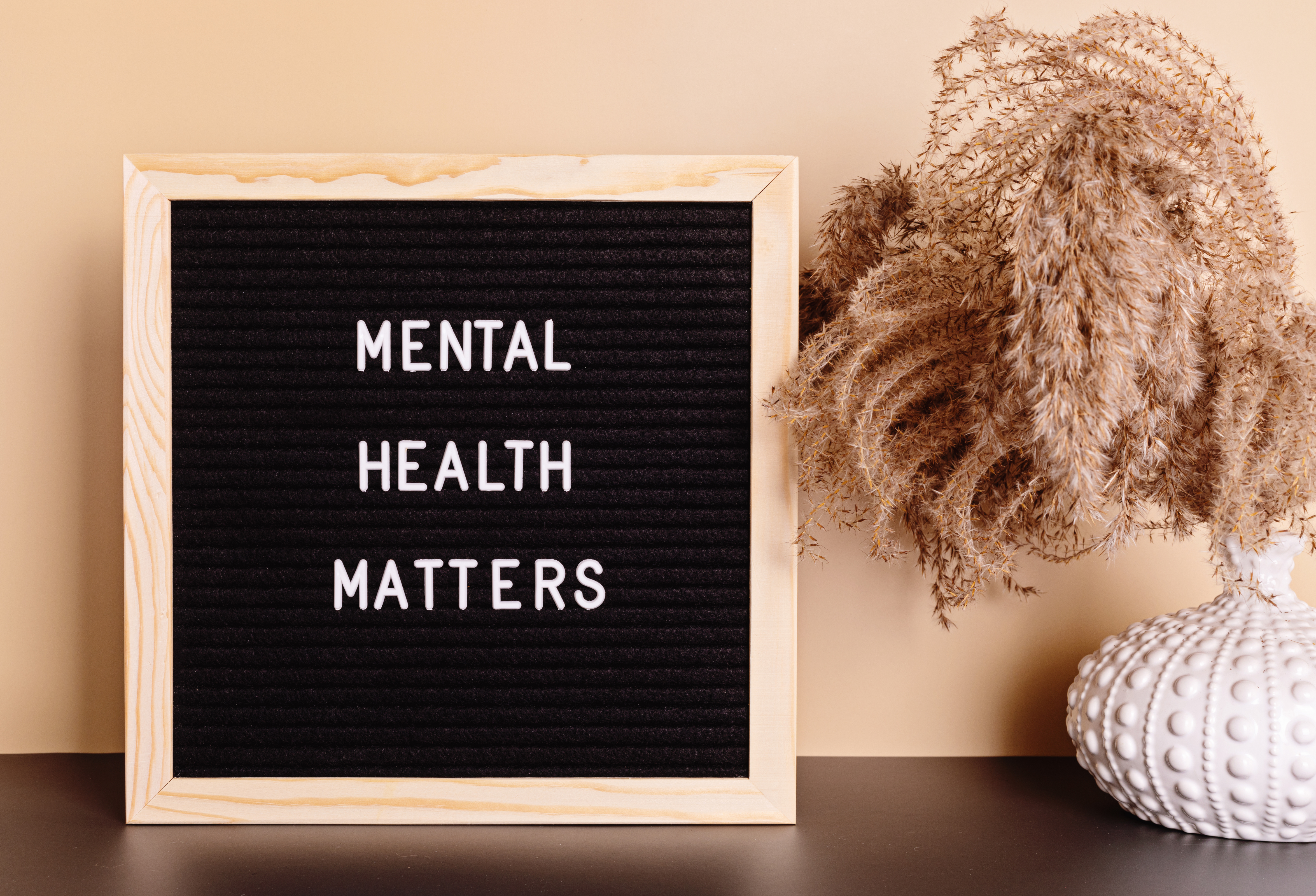It’s that time of year again in the most unusual year imaginable — none-the-less the crisp air, beautiful colorful leaves and holiday preparations are here! Fall and winter seasons (with two big holidays to celebrate) can be exciting and joyful times… unless you suffer from Seasonal Affective Disorder (SAD). Especially in a year when we have had more than our share of stress and worry, this might hit even harder. So, if you are getting that, let me just hide under the covers until spring arrives feeling, we want you to know we are here for you.
What is Seasonal Affective Disorder?
Everyone has the blues now and then. But SAD is a depressive state that occurs seasonally, year after year, usually in the fall and winter. If you suffer from SAD, you may feel perfectly normal during the spring and summer months, but starting around October or November, symptoms show up.
Because this depression comes and goes with the seasons, you may wonder if it is all in your head. It isn’t. This is an actual condition and can have a devastating impact on your life.
Researchers still don’t know the exact cause of SAD, but there are some factors that seem to be involved, and they involve the decreased amount of sunlight that fall and winter bring.
- Melatonin: Melatonin is a hormone that impacts mood and sleep. As the seasons change, your melatonin levels can fluctuate and may cause feelings of depressions.
- Serotonin: When the amount of sunlight drops, so can your serotonin levels. Since this chemical helps you have feelings of well-being and happiness, not having enough of it can cause your mood to drop.
- Internal clock: Some scientists think that decreased sunlight disrupts your normal rhythms of wakefulness and sleepiness. The result is sad and depressed feelings.
What are the Symptoms of Seasonal Affective Disorder (SAD)?
SAD will often manifest itself as feelings of sadness or depression. You may feel as though you cannot get enough sleep—struggling to get out of the bed in the morning, feeling drowsy during the day and going to bed earlier than you usually do.
Your energy and concentration may also run low, and this can affect your productivity at work and at home. Of course, not having the energy to ‘get things done,’ only leads to frustration and more feelings of depression. You may also notice weight gain. Typically, SAD sufferers will crave foods high in carbohydrates and can gain between 9 and 30 pounds each year.
Finally, your social life may suffer. If you are depressed, you just won’t enjoy being around others as much as you used to (sadly that may work to your favor this year). This can turn into social withdrawal,sadly, which makes your feelings of depression and sadness even worse.
Now for the Good News – Ways to Combat Seasonal Affective Disorder (SAD)
If you think you may be one of the millions of people who are affected by Seasonal Affective Disorder, you will be happy to know that you have many treatment options available. As always, it is best to consult with your doctor for specific diagnosis and therapy plans, but here are some treatments that can be helpful.
1. Light therapy: Up to 85% of winter depression sufferers are helped by simply sitting under a therapy light. The bright light stabilizes the out-of-balance chemicals in your body, helping you to feel less depressed and more like yourself. The best lights are those between 2,500 and 10,000 lux.
2. Vitamin D3: Vitamin D is frequently referred to as “The Sunshine Vitamin” because your body produces it when exposed to sunlight. In fact, just 20-30 minutes of sunlight will produce 10,000 – 50,000 IUs of Vitamin D. Why is this important? Vitamin D is actually a hormone that has important roles in supporting a healthy heart, cellular replication, immune system, mood & mental health, muscles, blood sugar levels, and more!
3. Exercise: Exercise is a powerful player in the fight against SAD. When you exercise, your body releases “feel good” chemicals called endorphins. These chemicals cause you to feel happy, confident, and bring about a feeling of well-being. The elated feelings that endorphins bring are comparable to the feelings that morphine and heroin create. To release endorphins, you will need to sustain your workout for about 30 minutes.
4. Dawn Simulators: Unlike the spring months, in which the light of dawn and dusk changes gradually, the winter months bring a much more abrupt change of light. This may be one aggravator of SAD. Try a dawn simulator. These appliances can be programmed, much like an alarm clock, to gradually brighten your room each morning before you wake up. Some SAD sufferers have had outstanding success with dawn simulators.
Please know if you suffer from SAD, you are not alone. At Empower we can help you with your exercise plan but consult with your doctor about other therapies. And always remember that brighter (and longer) days are ahead!




